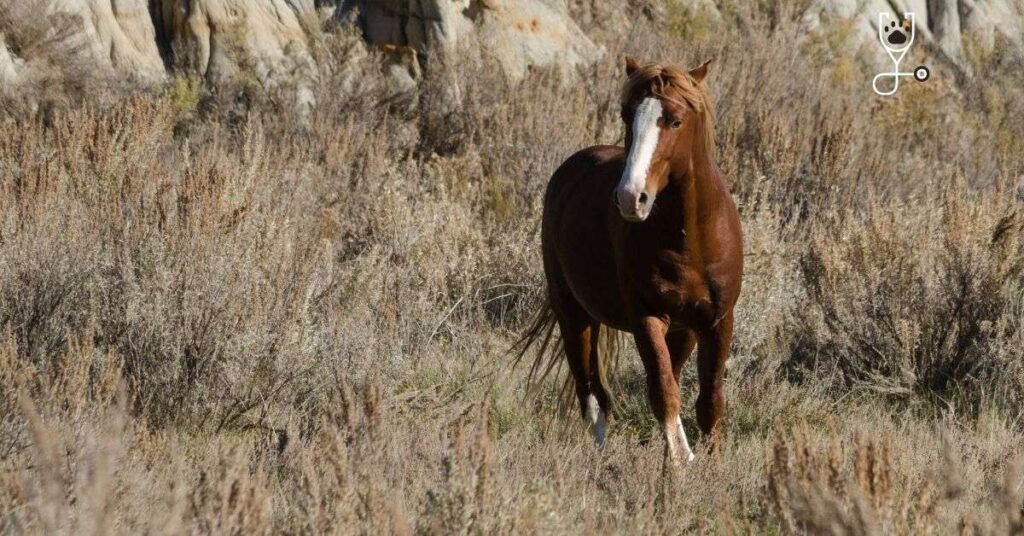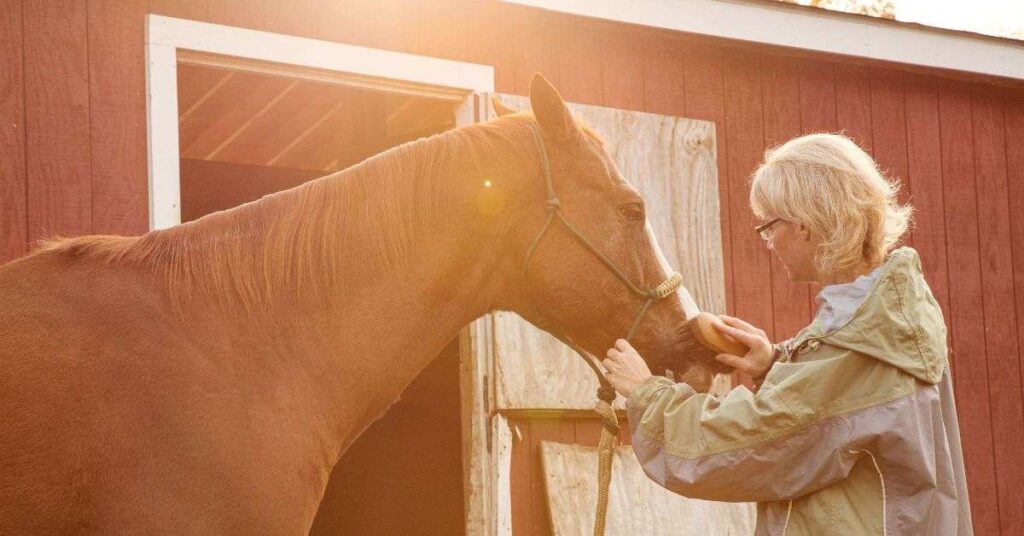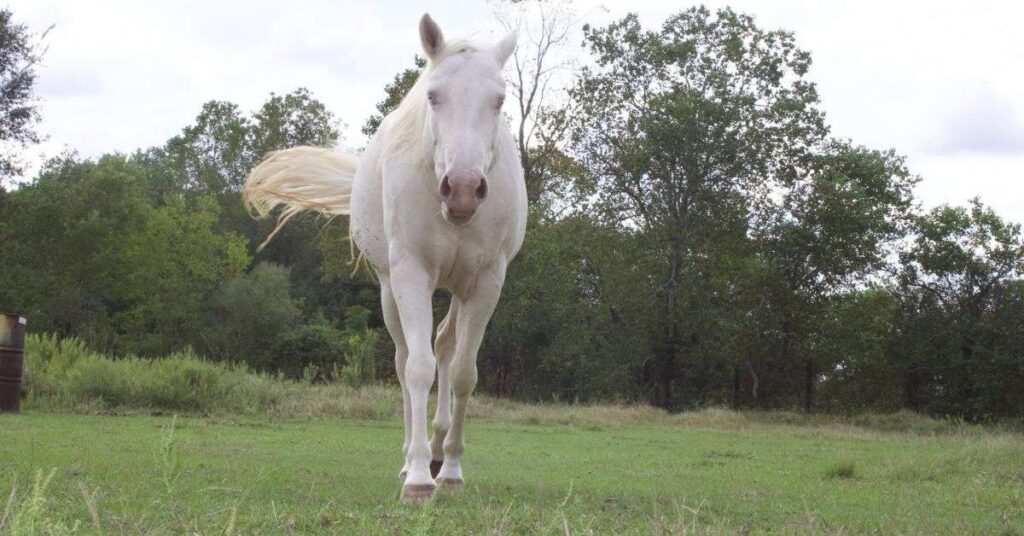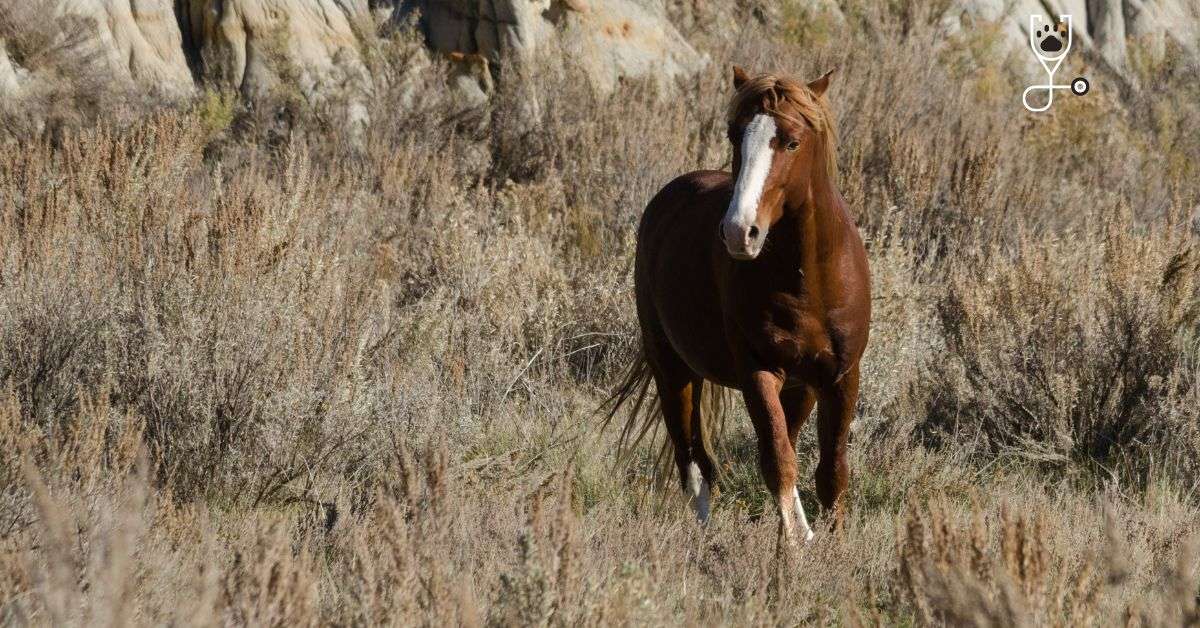Have you ever wanted to know how to approach a horse? Horses can be skittish creatures, and it is important to understand how to properly greet one before attempting to ride or work with it. In this blog post, we will discuss some basic horsemanship tips that will help you build a rapport with your horse. We’ll also cover the basics of horseshoeing and horse anatomy so that you can better understand your equine friend. Stay tuned for more horse-related posts in the future!

How to Pet a Horse: Always Use Caution
Horses are skittish creatures and can easily be startled. It is important to use caution when petting a horse, especially if you are new to handling them. Here are some tips on how to pet a horse:
1. Always approach a horse from the front or side, never from behind. This will give the horse time to see you and won’t startle them.
2. Extend your arm out slowly so the horse can smell you before you touch them.
3. Gently stroke the horse’s neck or back. Avoid their head area, as this is where they are most sensitive.
4. If the horse seems agitated, stop petting them and move away slowly.
Learn More About Horse: The Ultimate Guide To Ownership & Care

Horseshoeing Basics
Horseshoeing is the process of trimming and shaping a horse’s hooves. It is important to maintain healthy hooves so that the horse can comfortably walk and run. Here are some basics on horseshoeing:
- Always clean the horse’s hooves before starting. This will help you get a better look at them and avoid any dirt or debris getting caught in the shoes.
- Trim the hooves evenly all around, taking care not to cut too deeply into the flesh.
- Make sure the shoes fit snugly but not too tight. They should be able to move slightly with the horse’s hoof as they walk.
- Nail the shoes into place and then file down any sharp edges.
Learn More: 5 Simple Tricks to Teach Your Horse
Anatomy of the Horse
Understanding horse anatomy can help you better understand how to care for your horse. Here are some basics on horse anatomy:
Avoid Hitting: The head is the most sensitive area of the horse. Avoid hitting or striking this area.
Head Support: The neck is muscular and helps the horse support its head.
Vital Organs: The chest houses the heart and lungs, which are vital organs for the horse.
Food Store: The stomach is located under the ribcage and is where food is digested.
Joint Carness: The legs are strong and provide support for the horse’s body weight. They also have tendons and joints that can be easily injured if not properly cared for.

How to Approach a Horse You Don’t Know
Ask for Permission
If you’re not familiar with the horse, always ask the owner or handler for permission before approaching.
Let the Horse See and Smell You: Extend your arm out slowly so the horse can see and smell you before you touch them.
Gentle Petting: Once you have permission, gentle stroke the horse’s neck or back. Avoid their head area, as this is where they are most sensitive.
When in Doubt, Ask a Professional: If you’re ever unsure about how to approach or care for a horse, consult with a professional such as a veterinarian or farrier.
Read More: Would Your Horse Make a Good Therapy Horse?
How to Pet a Horse: Where to Pet and What to Avoid
Give Him a Scratch
As any horse owner knows, these majestic creatures are social animals that crave attention and interaction. One way to show your horse that you’re his new best friend is by giving him a good scratch. They aren’t the kind of animals who much enjoy soft strokes, this probably tickles them more than anything. Instead, they prefer firm scratches that mimic the way another horse would groom them. So, next time your horse looks at you and sniffs you, give him a good scratch behind the ears or under the chin.
Feed Him Snacks
Horses are also food-oriented creatures and love getting treats from their humans. If you want to make friends with a horse, get to know what kind of snacks he likes and offer him one every time you see him. Just be careful not to overfeed him, as horses can easily become overweight. A good rule of thumb is to give him no more than a handful of treats per day.
Spend Time With Him
Another great way to bond with your horse is by spending time with him. This can be anything from leading him around the pasture or going for a walk together. The important thing is that you’re taking the time to just be with him and build that relationship.
Learn More: Social Behaviors of Wild and Domestic Horses
Be Consistent
One last tip for making friends with a horse is to be consistent. Horses are creatures of habit and like to know what to expect from their humans. So, if you’re going to be spending time with him every day, make sure you do it at the same time each day. This will help him understand your routine and build trust between you.
The Effort Is Worth the Time
Building a relationship with a horse can take some time and effort, but it’s definitely worth it. These incredible creatures are so rewarding to work with and can provide years of companionship. So, get out there and start making friends with horses!
The accuracy and truthfulness of this article is important to the author. To the best of their knowledge, all the information in this article is accurate and true.
The author has taken care to double-check all the facts before publishing this article. They have also verified that all the sources used are reliable. However, if you find any errors or inaccuracies in this article, please let the author know so they can correct them. Thank you for taking the time to read this article.




